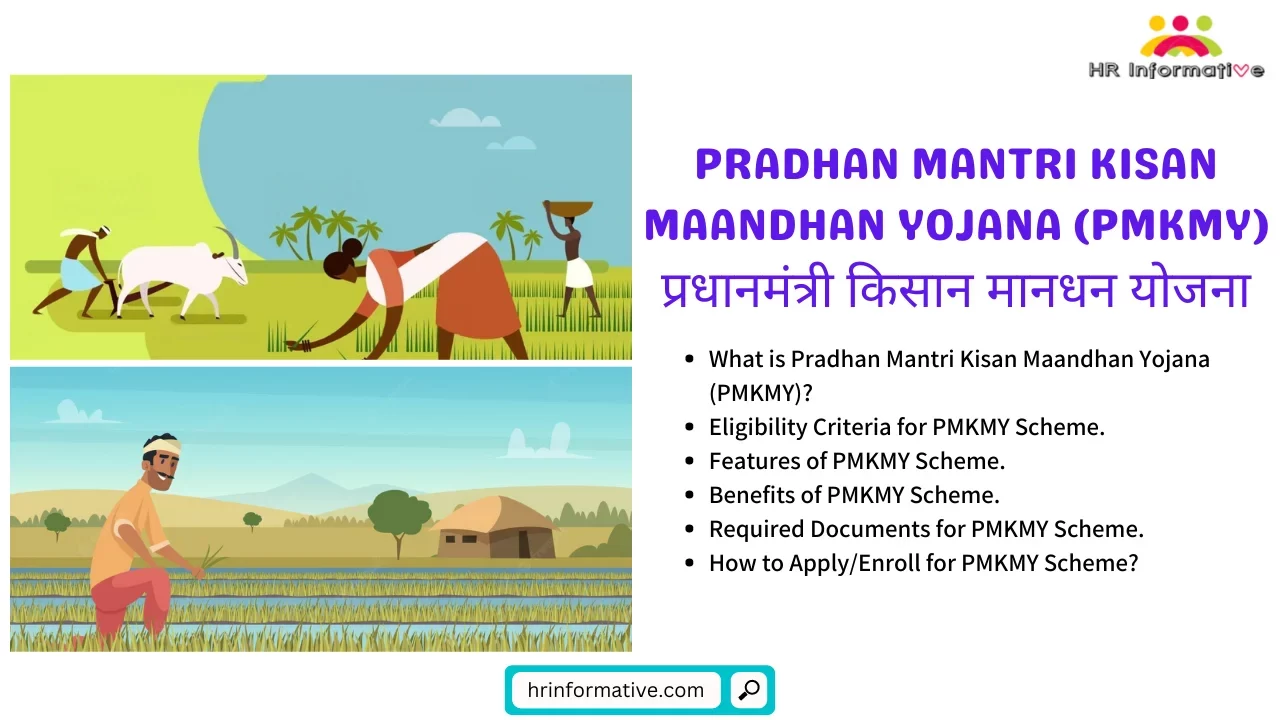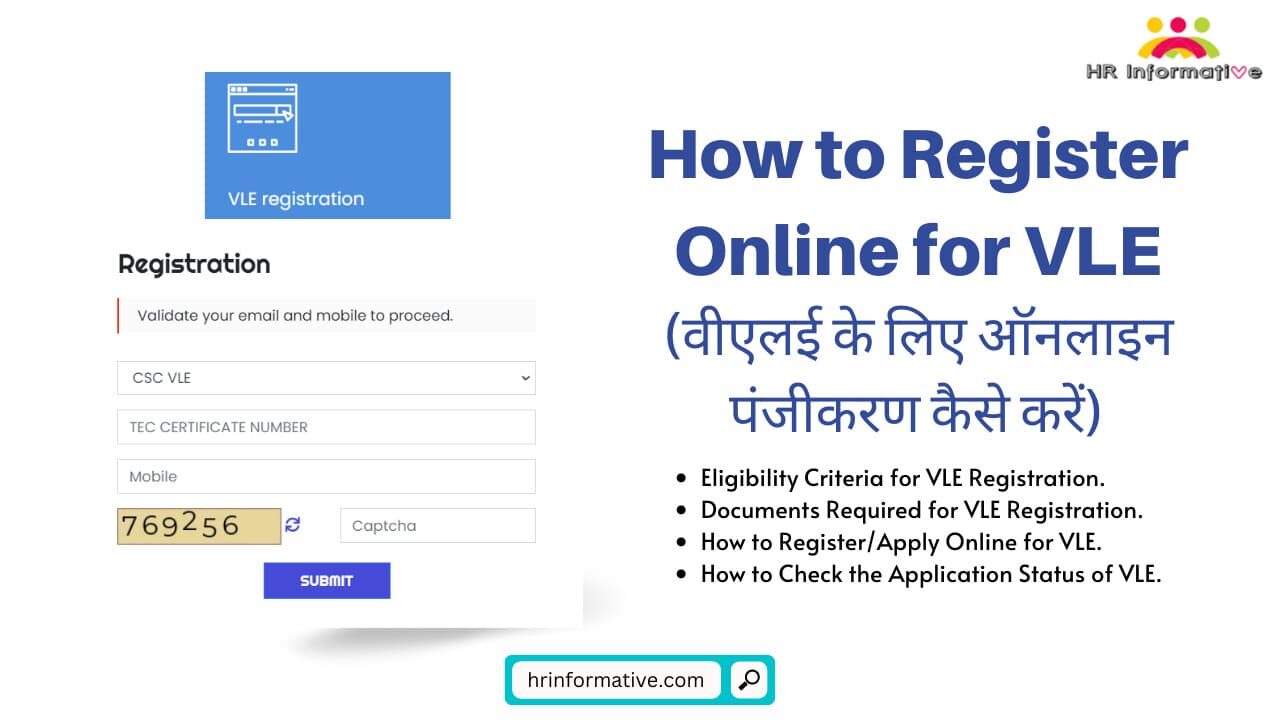The Pradhan Mantri Poshan Shakti Nirman Scheme (PM-POSHAN), previously known as the Mid-Day Meal Scheme (MDM), is a flagship initiative of the Government of India aimed at addressing the critical issues of hunger and education among school children. Launched in 1995, it is the world’s largest school feeding programme, reaching over 12 crores (120 million) children across approximately 12.7 lahks (1.27 million) schools nationwide. This comprehensive scheme provides one hot cooked meal every school day to children studying in government and government-aided schools from Class 1 to Class 8.
Historical Background of PM-POSHAN
While the Pradhan Mantri Poshan Shakti Nirman Scheme (PM-POSHAN) is a relatively recent initiative, it has roots in a long history of school meal programs in India. To understand its historical background, we need to delve into some key milestones:
Pre-Independence Era
- Early 20th Century: The concept of providing meals to school children emerged during the British Raj, with sporadic initiatives in specific regions like Madras (present-day Chennai) and Bombay (present-day Mumbai) aimed at addressing hunger and improving attendance.
- 1925: The Bombay Municipal Corporation initiated a program offering free lunches to underprivileged children in schools. This marked a more organized approach to school meals.
Post-Independence Era
- 1960s: Several states, including Tamil Nadu and Kerala, introduced their own school meal programs, recognizing the importance of nutrition for children’s education.
- 1970s: The central government launched pilot programs in a few states to explore the feasibility of a nationwide school meal scheme.
- 1980s: The Mid-Day Meal Scheme (MDMS) was introduced in 1982 as a centrally sponsored scheme, initially covering only drought-affected areas. Later, it was expanded to cover all districts in the country.
Evolution of the Mid-Day Meal Scheme
- 1995: The MDMS was significantly expanded to cover all children studying in government and government-aided schools from Class 1 to Class 5.
- 2001: The Supreme Court of India issued a landmark judgement, making it mandatory for all state governments to provide cooked mid-day meals in all government and government-aided primary schools, emphasizing the right to food as enshrined in Article 21 of the Constitution. This judgement further emphasized the importance of the MDMS.
- 2007: The scheme was further extended to include children in Class 6 to 8.
- 2021: The scheme underwent a major revamp and was rechristened as the “Pradhan Mantri Poshan Shakti Nirman Scheme (PM-POSHAN).” The focus shifted towards not just providing meals but also ensuring their nutritional quality and hygiene standards.
Objectives of PM-POSHAN
- Improved Nutritional Status: The primary objective of PM-POSHAN is to improve the nutritional status of children by providing them with essential nutrients like protein, carbohydrates, vitamins, and minerals. This is crucial for their physical and mental development, enhancing their capacity to learn and participate actively in school activities.
- Enhanced School Attendance: By offering a nutritious meal, PM-POSHAN incentivizes children, especially those from underprivileged backgrounds, to attend school regularly. This helps combat dropout rates and promotes education, particularly for girls.
- Reduced Hunger: The scheme directly addresses the issue of hunger among school children, ensuring they have access to a healthy meal during the school day. This contributes to their overall well-being and reduces the risk of malnutrition.
Minimum Support Price (MSP), History, Objectives, Procurement Process, Calculation
Key Features of PM-POSHAN
- Food Grains: The scheme provides food grains at subsidized rates to schools. The quantity varies based on the child’s age group: 100 grams per child per day for primary classes (Classes 1-5) and 150 grams for upper primary classes (Classes 6-8).
- Cooking Cost: The government also reimburses the cost of additional ingredients like pulses, vegetables, cooking oil, and spices, along with fuel expenses, for preparing the meals. The current cooking cost per child per day is ₹4.97 for primary and ₹7.45 for upper primary classes.
- Honorarium for Cooks: The scheme provides an honorarium of ₹1000 per month for 10 months in a year to cooks and helpers who prepare the meals in schools. This helps incentivize them and ensure the smooth functioning of the program.
- Nutritional Guidelines: The scheme outlines specific nutritional guidelines for the meals to ensure they meet the recommended dietary intake for children based on their age and activity level. These guidelines include the types of food items, their proportions, and the minimum calorie and protein content.
- Monitoring and Transparency: PM-POSHAN emphasizes accountability and transparency. The scheme utilizes a Management Information System (MIS) and an Automated Monitoring System (AMS) to track and monitor various aspects, including enrollment data, meal served reports, and fund utilization.
Implementation Process PM-POSHAN
The PM-POSHAN scheme involves a multi-level implementation process, involving various stakeholders at the national, state, district, block, and school levels:
1. National Level
- Ministry of Education (MoE): The MoE is the central nodal ministry responsible for the overall policy, planning, and monitoring of the scheme.
- Funding: The Government of India provides financial support to states and union territories (UTs) for the implementation of the scheme. The funding pattern is shared between the central and state governments, with the current ratio being 60:40 for plain areas and 90:10 for special category states (including North Eastern states and Himalayan states).
- Guidelines and Norms: MoE sets out guidelines and norms for various aspects of the scheme, including nutritional standards, food grains allocation, cooking cost norms, and honorarium for cooks.
2. State Level
- State Departments of Education / School Education: Each state has a designated department responsible for implementing the scheme within the state, following the central guidelines and norms.
- State-Level Monitoring: States are responsible for monitoring the implementation of the scheme within their jurisdiction, ensuring timely fund allocation, and addressing any issues at the district and school levels.
3. District and Block Level
- District Education Officers (DEOs): DEOs are responsible for overseeing the implementation of the scheme at the district level, including fund allocation to schools, training of cooks and helpers, and grievance redressal.
- Block Education Officers (BEOs): BEOs play a crucial role in managing the scheme at the block level, ensuring efficient delivery of food grains and other supplies to schools.
4. School Level
- School Management Committees (SMCs): SMCs play a vital role in monitoring the quality and hygiene of meals prepared in schools. They also provide feedback to ensure the effective implementation of the scheme at the school level.
- Headmasters / Principals: Headmasters/Principals are responsible for the overall management of the scheme within their schools, including the supervision of cooks and helpers, ensuring timely meal preparation and distribution, and maintaining proper records.
- Cooks and Helpers: Cooks and helpers are responsible for preparing the meals using the provided ingredients and adhering to hygiene standards. They receive training and an honorarium for their services.
Mukhyamantri Rajshree Yojana, Objectives, Benefits, Eligibility, Documents, Apply Process
Impact of PM-POSHAN
Since its inception, PM-POSHAN has significantly impacted the lives of millions of children across India. Studies have shown that the scheme has contributed to:
- Reduced Malnutrition: Studies indicate a decline in child stunting rates, indicating improved nutritional status among children.
- Increased School Enrollment and Attendance: The scheme has been linked to increased school enrollment, particularly among girls, and improved attendance rates.
- Enhanced Learning Outcomes: Studies suggest a positive correlation between participation in the scheme and improved learning outcomes in children.
Challenges and Future Directions
Despite its significant achievements, PM-POSHAN faces certain challenges:
- Ensuring Quality and Hygiene: Maintaining consistent quality and hygiene standards in meal preparation across various schools remains a challenge.
- Addressing Food Wastage: Minimizing food wastage and ensuring optimal utilization of resources across the vast network of schools requires continued efforts.
- Reaching Out to Remote Areas: Reaching out to children in remote and inaccessible areas and ensuring their effective participation in the scheme needs ongoing attention.
The Government of India is constantly working to address these challenges and improve the effectiveness of the scheme. This includes:
- Capacity Building: Implementing training programs for cooks and helpers on food preparation, hygiene practices, and nutritional guidelines.
- Promoting Local Sourcing: Encouraging the use of locally sourced seasonal ingredients to enhance the nutritional content and freshness of meals while supporting local farmers.
- Community Engagement: Increasing community involvement in monitoring and overseeing the scheme to ensure transparency and accountability.
Conclusion
In conclusion, PM-POSHAN plays a vital role in ensuring the well-being and education of millions of children across India. By providing them with nutritious meals, the scheme empowers them to reach their full potential and contributes to a brighter future for the nation.
FAQs
Q: Who are the beneficiaries of PM-POSHAN?
Ans: PM-POSHAN benefits children studying in Balvatika (pre-nursery class) and Classes 1 to 8 in government and government-aided schools and Special Training Centres (STCs) across India.
Q: What kind of meals are provided under PM-POSHAN?
Ans: The scheme provides hot cooked meals that adhere to specific nutritional guidelines set by the government. These meals aim to provide children with essential nutrients like protein, carbohydrates, vitamins, and minerals. The menu varies based on regional preferences and locally available ingredients but must meet the minimum calorie and protein requirements.
Q: How are the meals prepared and distributed?
Ans: Schools have dedicated kitchens equipped with necessary utensils and cooking facilities. Trained cooks and helpers prepare the meals using the provided food grains and other ingredients. The meals are then served to students during the school day in a hygienic and organized manner.
Q: What is the cost of the scheme?
Ans: The Government of India shares the cost of the scheme with states and UTs. The current funding pattern is 60:40 for plain areas and 90:10 for special category states. This covers the cost of food grains, cooking ingredients, fuel, transportation, and honorarium for cooks and helpers.
Q: How is the scheme monitored?
Ans: PM-POSHAN emphasizes transparency and accountability. The scheme utilizes a Management Information System (MIS) and an Automated Monitoring System (AMS) to track and monitor various aspects, including enrollment data, meal served reports, fund utilization, and quality checks. Additionally, School Management Committees (SMCs) play a crucial role in monitoring the implementation and quality of meals at the school level.
Q: What are the challenges faced by PM-POSHAN?
Ans: Ensuring consistent quality and hygiene standards across a vast network of schools, reaching out to remote areas effectively, and addressing instances of corruption and mismanagement remain key challenges for the smooth implementation of the scheme.
Q: Where can I find more information about PM-POSHAN?
Ans: You can visit the official website of the Ministry of Education, Government of India, dedicated to PM-POSHAN: https://pmposhan.education.gov.in/.
You May Read Also :
- Fair Price Shops in India: Ensuring Food Security for the Poor
- PM Vishwakarma Scheme, Objectives, Benefits, Eligibility, Registration Process
- Pradhan Mantri Krishi Sinchayee Yojana (PMKSY), Objectives, Components, Eligibility, Apply Online
- Village Level Entrepreneur (VLE), Role, Benefits, Challenges, Eligibility, How to Become VLE



